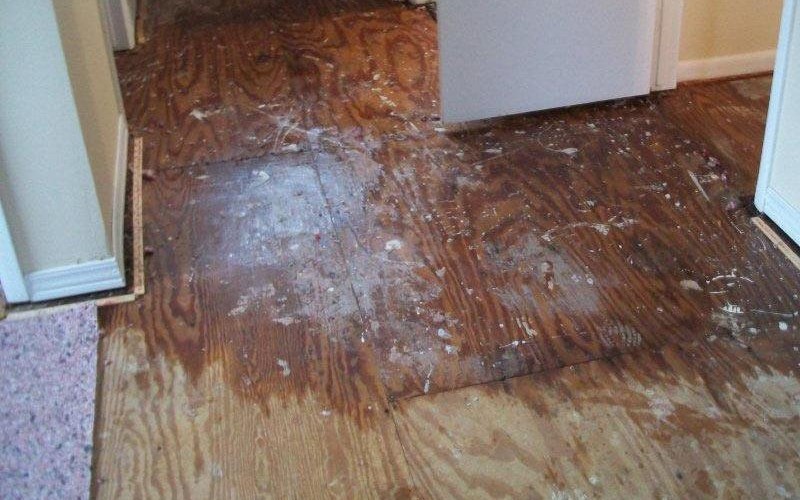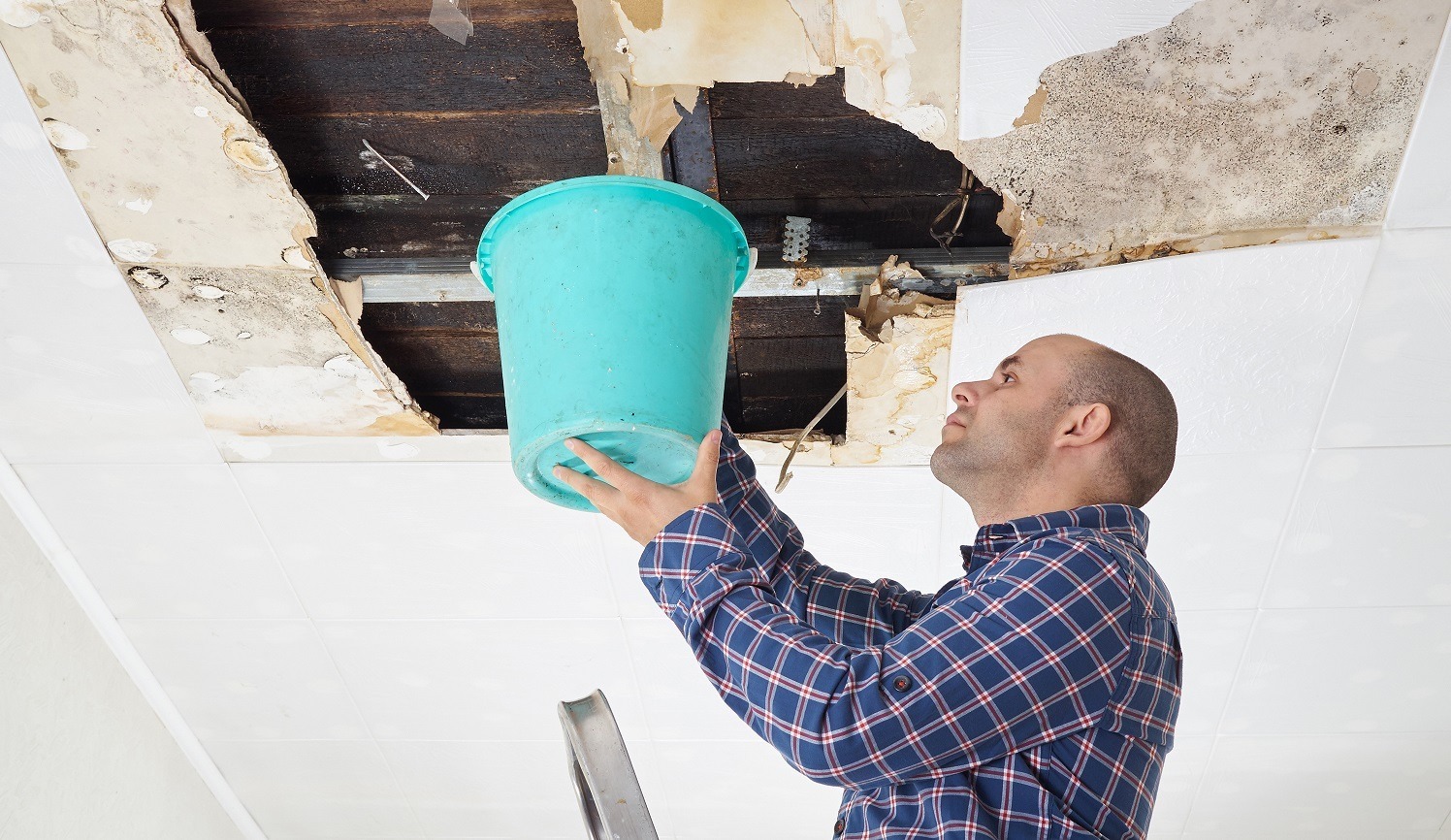Do's & Don'ts of Water Restoration.
Do's & Don'ts of Water Restoration.
Blog Article
The content down below in relation to What You Can Do At Home To Prevent Fire And Water Damage is absolutely informative. Give it a try and make your own ideas.

Water offers life, water breach on parts where it's not meant to be can result in damages. Homes with water damage smell old as well as stuffy.
Water can come from numerous sources such as typhoons, floods, ruptured pipes, leakages, as well as sewage system concerns. In case you experience water damages, it would be great to know some safety and security preventative measures. Below are a couple of standards on how to deal with water damage.
Do Prioritize Home Insurance Coverage Protection
Water damages from flooding as a result of heavy winds is seasonal. You can additionally experience a sudden flood when a damaged pipeline suddenly breaks into your residence. It would be best to have home insurance coverage that covers both acts of God such as all-natural catastrophes, and emergencies like busted plumbing.
Don't Fail To Remember to Switch Off Energies
This cuts off power to your entire residence, protecting against electric shocks when water comes in as it is a conductor. Don't neglect to transform off the major water line valve.
Do Remain Proactive as well as Heed Weather Condition Alerts
Listen to evacuation warnings if you live near a river, lake, or creek . Doing so decreases potential home damages.
Don't Neglect the Roof
You can stay clear of rain damage if there are no holes and leaks in your roofing. This will certainly protect against water from flowing down your walls and saturating your ceiling.
Do Take Note Of Small Leaks
A ruptured pipe doesn't occur over night. Generally, there are red flags that indicate you have weakened pipes in your house. For example, you may discover gurgling paint, peeling wallpaper, water streaks, water discolorations, or leaking audios behind the wall surfaces. Eventually, this pipeline will rupture. Preferably, you should not await points to intensify. Have your plumbing fixed before it leads to huge damage.
Don't Panic in Case of a Ruptured Pipe
When it comes to water damages, timing is crucial. Hence, if a pipe bursts in your residence, instantly closed off your major water valve to reduce off the resource. Call a credible water damage remediation professional for assistance.
Water provides life, water invasion on parts where it's not meant to be can result in damages. Houses with water damage smell musty and also old.
Water damage from flooding dues to hefty winds is seasonal. You may discover gurgling paint, peeling off wallpaper, water touches, water discolorations, or dripping noises behind the wall surfaces. When it comes to water damage, timing is crucial.
Are Water Mitigation and Water Damage Restoration the Same Thing?
When are Water Mitigation Services Needed?
Water intrusion can come from small sources like a dishwasher leak or larger ones like rainwater causing inches of standing water in a basement. Other instances of damage that call for water mitigation services include:
Sewer backup, sump pump failure, or clogged toilets Toilet wax seal failure Shower pan corrosion Pipe leaks and ruptures Washer or icemaker line breaks HVAC drain line blockage A leaking roof Moisture behind walls Foundation cracks Mold Mold is a good example to illustrate how water mitigation works. We’ve often found that clients we do mold remediation services for had existing water damage issues that ended up leading to the mold damage. When performing water mitigation we look for what’s causing the water problem and for ways to stop mold before it multiplies and becomes a bigger concern.
Are You Currently Experiencing a Water Disaster?
If you’re in the middle of a water intrusion disaster, here are some important dos and don’ts to follow:
Don’ts:
Safety first! Do not enter a room with standing water until the electricity has been turned off! A regular household vacuum should never be used to pick up water. Never use electrical appliance if standing on a wet floor or carpet. Leave visible mold alone. Dos:
Call a water mitigation professional as soon as possible. Mold and other damage can begin within hours of a water intrusion. Mop and blot up as much water as possible. Remove non-attached floor coverings and mats but leave wall-to-wall carpeting removal to a pro. If there are window coverings like draperies that touch the water, loop them through a hanger and put them up on the rod. Remove wet cushions to dry and wipe down soaked furniture. Move valuables like paintings, photos, and art objects to a dry location. Books should be left tightly packed on shelves until it’s determined if they need specialized drying. Prop open closets, cabinets, and drawers to allow them to air out. https://cfrsfl.com/blog/are-water-mitigation-and-water-damage-restoration-the-same-thing/

As a devoted person who reads on Reducing Your Risk Of Water And Fire Damage At Home, I imagined sharing that topic was sensible. Don't hesitate to set aside a second to distribute this write-up if you appreciated it. Thanks for your time. Please come visit our site back soon.
Report this page